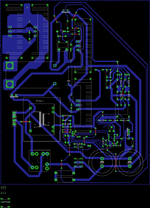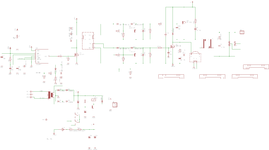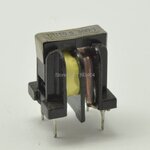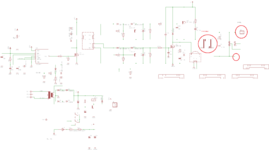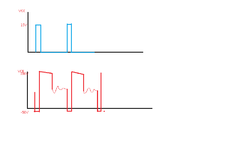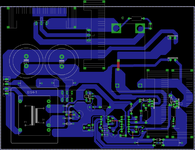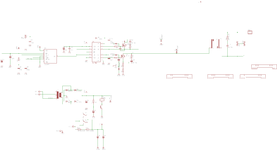salah_edu
Junior Member level 1
Hello,
I am trying to design a 100A smps for welding , the design is two switch ( IGBT) forward converter using current transformer for feedback in primary current, the switching tranformer
is a commercialy available toroid transfomer recovred from already working welder , the issue is when i connect the board to ac mains and after a few seconds the ibgts fail without getting hot and they are shorted between ( Gate Emitter and collerctor) i tried to add a capcitor for 22nf beween Gate and emiiter to remove miller effect but i still have the same issue.
you find attached the schematic and the pcb layout.
Regards.
I am trying to design a 100A smps for welding , the design is two switch ( IGBT) forward converter using current transformer for feedback in primary current, the switching tranformer
is a commercialy available toroid transfomer recovred from already working welder , the issue is when i connect the board to ac mains and after a few seconds the ibgts fail without getting hot and they are shorted between ( Gate Emitter and collerctor) i tried to add a capcitor for 22nf beween Gate and emiiter to remove miller effect but i still have the same issue.
you find attached the schematic and the pcb layout.
Regards.
